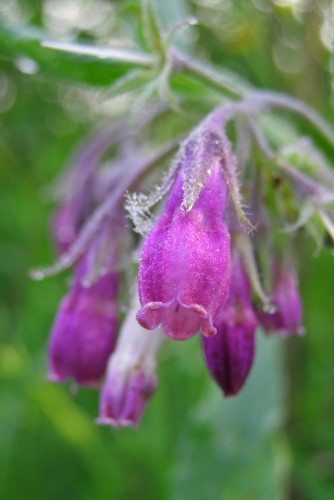All posts tagged bones
Comfrey For Healing Broken Bones And Wounds
Symphytum officinale, commonly known as comfrey or bone-set, is a flowering shrub native to Asia and Europe. It is said to have been brought to North America by early European colonialists. Comfrey quickly adapted to the new environment and soon escaped to grow in the wild, where it gradually spread to the rest of the world.
Continue reading [...]

